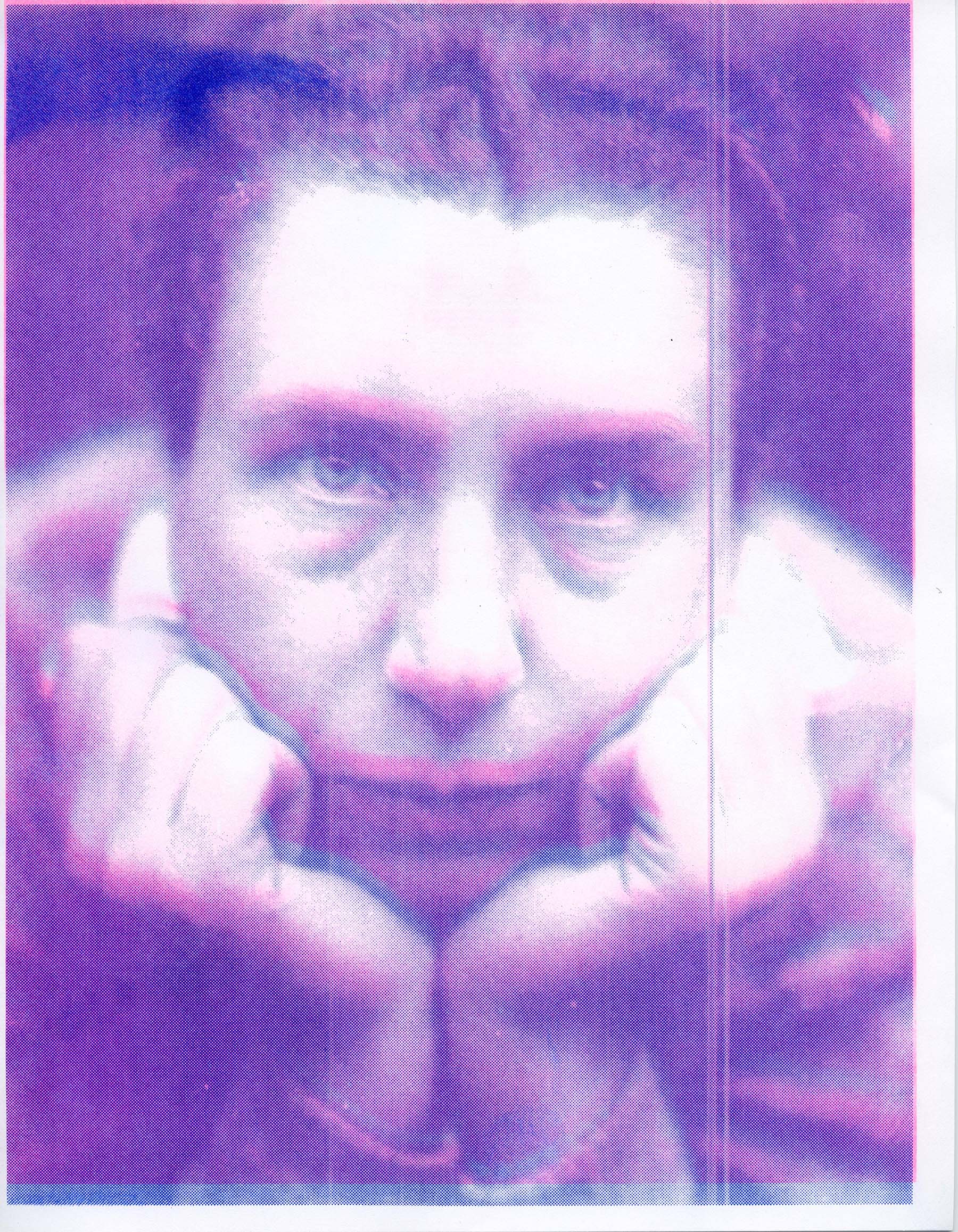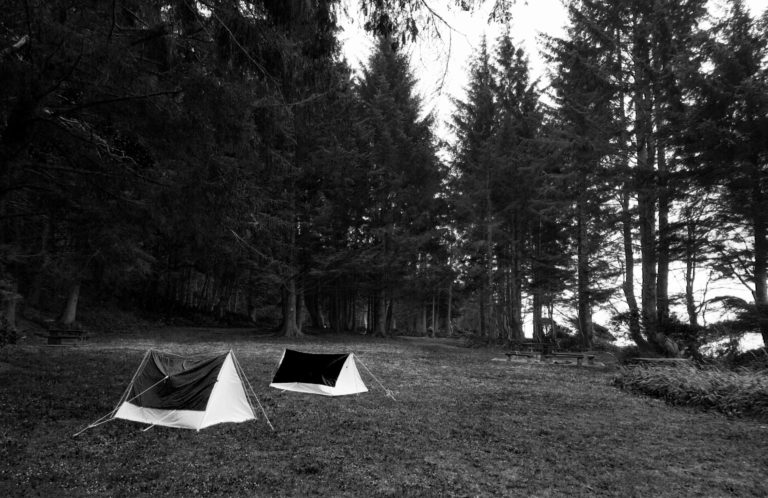Anarchival Materiality: The Bauhaus Building in Dessau
Anarchival Materiality: The Bauhaus Building in Dessau Trudi Lynn Smith, Kate Hennessy, and Oliver Neumann

Abstract
In this essay we present a series of images remediating photographs related to the Bauhaus building in Dessau, and of photographer Lucia Moholy. Moholy’s photographs of the building, which were later used by Walter Gropius to promote the Bauhaus design narrative (Schuldenfrei 2013), are implicated here as iconic yet precarious residents of the Bauhaus archive. Like the Dessau building itself, which has been repeatedly subject to destructive political and environmental forces, we explore these early photographs as examples of what we call anarchival materiality, or the generative force of entropy in archives. The agential force of molecular transformation, violence, displacement, and other human and non-human interactions render archival materials as fugitives, both eluding and driving preservation (Hennessy and Smith 2018).
As a condition of all things, fugitivity foregrounds precarity over standardization, and dynamism over stasis. To this end, our photo-essay experiments with the logics, migrations and imperfection of layering colour dyes, which emerged as visual technologies concurrent with the establishment (and exile) of the Bauhaus in Weimar Germany. Color film and photographs––once imagined as realistic representations of actualities––have not stood the test of time, with fugitive colors today transforming the archival past into magenta hues. Similarly, the Dessau building, envisioned by Walter Gropius as a manifesto of the Bauhaus idea, exists as an entropic material archive that is as precarious as it is iconic. Our images represent the entangled fugitivity of photography and the Dessau building as 1) products of historically situated social relations and gendered dynamics of power and representation 2) inevitable material transformations (eg. environmental and wartime deterioration); and 3) changing regimes of value (materials and functions shifting across time). How does viewing the materiality and photographic representation of the Dessau building through the lens of anarchival materiality suggest an alternative reading of Bauhaus histories and futures? How does fugitivity within archival structures reveal potentials in entropy?







